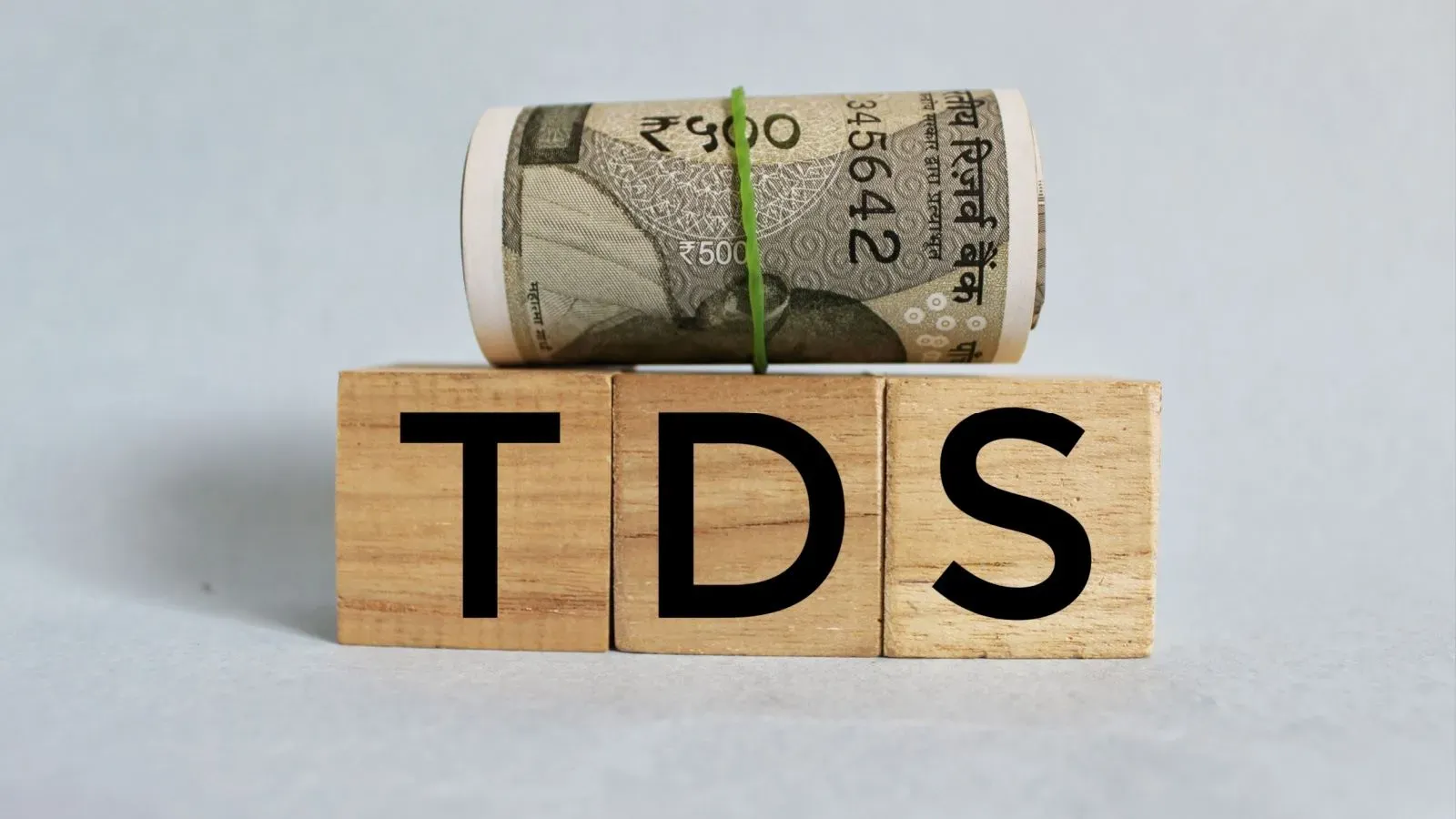Personal Finance News
HUDCO Bonds to IRFC: 4 Capital Gain Bonds to save tax under Section 54EC after selling land, house

3 min read | Updated on April 22, 2025, 08:10 IST
SUMMARY
The maximum exemption that you can claim by investing in Capital Gain bonds under Section 54 EC is ₹50 lakh. The investment is required to be made within 6 months of the sale of the property. Further, investments in these bonds are locked in for five years.

You can invest in four bonds to save capital gains tax after selling a property. | Image source: Shutterstock
Taxpayers can avail exemption from capital gains tax after investing the profit from selling immovable property like land, flats, and buildings in certain bonds. This benefit is available under Section 54EC of the Income-tax Act, 1961
The maximum exemption that you can claim by investing in these bonds is ₹50 lakh, and the investment is required to be made within 6 months of the sale of the property. Further, investments in these bonds are locked in for five years.
"Section 54EC of the IT Act provides relief to taxpayers from long-term capital gains tax arising from the transfer of immovable property, such as land or building (or both). Per the said provision, if the taxpayer invests the capital gains within 6 months from the date of transfer in ‘long term specified asset’ like bonds notified by the Central Government, the amount so invested shall be exempt from tax, subject to a maximum limit of ₹50 lakh in a financial year," said CA Dr Suresh Surana.
Following bonds are eligible for capital gains exemptions under Section 54 EC:
-
REC Bonds, or the bonds issued by the Rural Electrification Corporation Limited (RECL)
-
PFC Bonds, or the bonds issued by the Power Finance Corporation Limited (PFC)
-
IRFC Bonds, or the bonds issued by the Indian Railway Finance Corporation Limited (IRFC).
-
HUDCO Bonds, or the bonds issued by the Housing and Urban Development Corporation Limited (HUDCO).
HUDCO Bonds notified recently
On April 8, 2025, the Central Government notified that bonds issued by HUDCO on or after April 1, 2025, and redeemable after five years, will be treated as ‘long-term specified assets’ under clause (ba) of the Explanation to section 54EC. "This effectively means that investment in such HUDCO bonds shall be eligible for exemption of long-term capital gains arising from the transfer of land, building, or both, subject to the fulfillment of prescribed conditions," said Dr Surana.
How much can you invest?
The maximum amount eligible for exemption under section 54EC is ₹50 lakh in a financial year. And this investment must be made within 6 months from the date of transfer of the asset.
How much exemption can you claim: Examples
Under Section 54EC, full tax exemption can be claimed if the investment in the long-term specified asset is or more than or equal to capital gains.
For example, if the eligible capital gain is ₹40 lakh and you have invested this amount in the above bonds, then you can avail of full exemption of ₹40 lakh under section 54EC.
However, only a partial exemption will be allowed if the investment in the long-term specified asset is less than the capital gains. In this case, the exemption is limited to the amount of capital gains invested.
For example, if the eligible capital gain is ₹60 lakh and you have invested only ₹45 lakh in the above bonds, then you can avail of partial exemption of only ₹45 lakh under section 54EC.
Please note that investment in NHAI Bonds or bonds issued by the National Highways Authority of India (NHAI) are not eligible for tax exemption under Section 54EC with effect from March, 31, 2023.
Related News
By signing up you agree to Upstox’s Terms & Conditions
About The Author
Next Story



